13 Mind-Blowing AI Courses and Resources That Will Transform You Into a Machine Learning Expert in 2025 (Before Everyone Else Does!)

“In 2025, AI roles top LinkedIn’s fastest-growing jobs, and demand for GenAI skills nearly tripled—so the window to upskill is now.” Drawing on LinkedIn’s Economic Graph, Artificial Intelligence Engineer ranks at or near the top across multiple markets, while Microsoft–LinkedIn’s Work Trend data shows the majority of knowledge workers already using generative AI at work.
The World Economic Forum’s Future of Jobs 2025 likewise places AI and big data among the fastest-growing skill sets through 2030. World Economic Forum+4Economic Graph+4Economic Graph+4
The problem? Too many roundups recycle the same legacy links. Learners burn months on stale lectures, dead notebooks, or courses that never teach deployment. This guide fixes that with a vetted, 13-item path—foundations → deep learning → LLMs → MLOps—prioritizing resources that are demonstrably current (2024–2025 updates, new cohorts, active GitHub repos, or live schedules). You’ll get exactly where each course fits, what to build while taking it, and how to stack them for job-ready skills.
If you’re searching for AI courses 2025, the best machine learning courses, or ML resources for beginners and want to learn deep learning online without wasting time, start here. Everything below is actionable, current, and aligned to what hiring managers are asking for in 2025. Coursera+1
1. Google’s Machine Learning Crash Course (free, hands-on)

If you want a no-fluff starting point, Google’s Machine Learning Crash Course (MLCC) is the fastest way to go from zero to training real models. It combines short videos, interactive visualizations, and in-browser Colab exercises, so you practice concepts (loss, gradients, regularization) as soon as you learn them—no local setup or GPU wrangling required. The official ML education hub classifies MLCC as foundational and it’s actively maintained by Google for Developers, which keeps the APIs and examples aligned with modern TensorFlow.
What to do here (one-week plan):
- Complete the “Framing, Generalization, and Training/Validation/Test” modules.
- Build a binary classifier (e.g., tabular churn or Titanic) in a Colab, log accuracy/AUC, and create a confusion matrix.
- Write a 100-word “error analysis” note (what mistakes are systematic and why).
- Stretch goal: add regularization and early stopping; record the metric deltas.
Why it matters in 2025: you’ll internalize the discipline of splitting data, monitoring overfitting, and iterating with metrics—habits that carry directly into deep learning and MLOps. Keywords to weave naturally: AI courses 2025, intro machine learning course, TensorFlow course.
2. Andrew Ng’s Machine Learning Specialization

This is the modern reboot of the classic 2012 course—re-recorded and expanded into a 3-course sequence by DeepLearning.AI and Stanford’s Andrew Ng. It’s intentionally beginner-friendly: you learn supervised learning, key diagnostics (bias/variance, learning curves), and practical ML tactics before diving deeper into math. Coursera and DeepLearning.AI position it as the new specialization, not a repackaging, and the projects emphasize applied intuition plus code you can reuse.
How to extract maximum value (two weeks):
- Week 1: After the Supervised ML module, re-implement linear/logistic regression on a small dataset; write a 150-word note on feature scaling and regularization effects.
- Week 2: Perform error analysis: isolate one failure mode (e.g., class imbalance), try data weighting or threshold tuning, and document the lift in F1/AUC.
- Keep a “model card” for each experiment (dataset, metrics, trade-offs) to build your portfolio.
Bridge to what’s next: Finish this and you’re primed for the Deep Learning Specialization, where neural networks, CNNs, and RNNs become your default tools. Keywords to weave: best machine learning courses, beginner ML course, Coursera AI course.
3. Deep Learning Specialization (Andrew Ng; refreshed content)
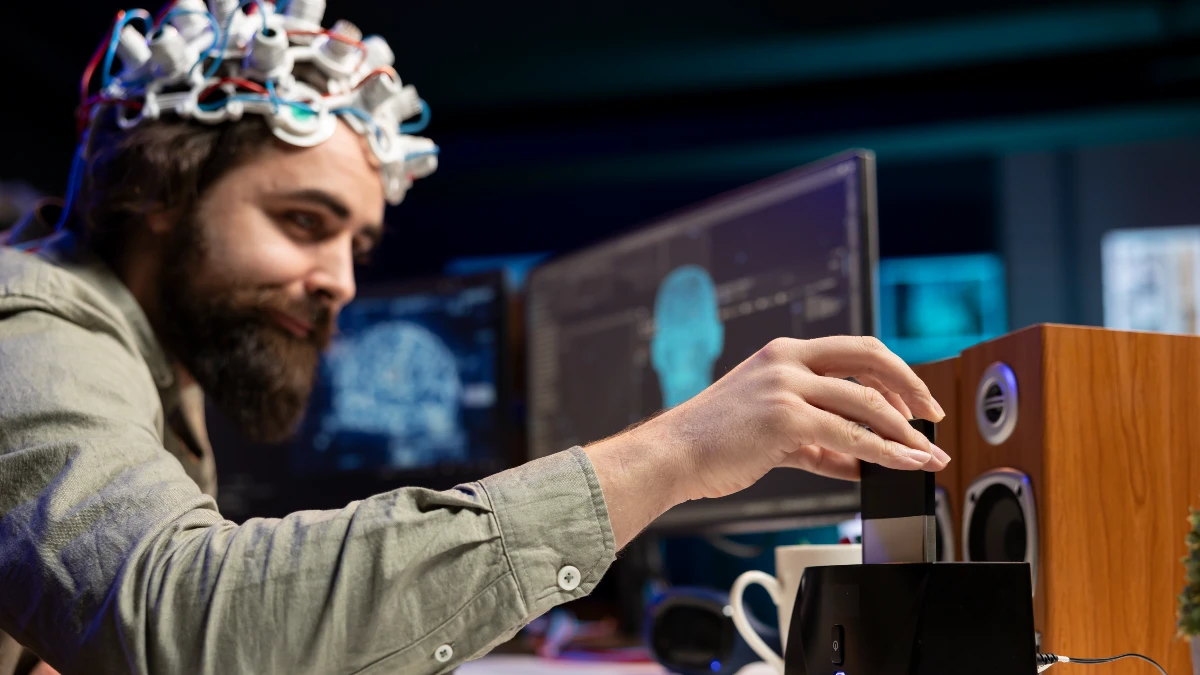
Neural networks are 2025’s baseline. This specialization takes you from first principles (forward/backprop, initialization, optimizers) to production-oriented deep learning patterns (regularization, batch norm, tuning) and classic architectures (CNNs for vision, RNNs/LSTMs/attention for sequences). The program’s landing page notes it was recently updated with cutting-edge techniques, and in practice that means examples and discussions line up with the architectures you’ll use before touching LLMs.
Make it concrete (two weeks):
- Week 1: Train a CNN on CIFAR-10; compare SGD vs. Adam and record accuracy, loss curves, and time-per-epoch.
- Week 2: Implement data augmentation and label smoothing; measure robustness to distribution shifts (e.g., add noise/blur to validation images).
- Optional: Port one notebook to PyTorch to prepare for fast.ai or Hugging Face workflows.
Why it matters now: mastering optimization and evaluation in small-to-medium DL tasks gives you the instincts to troubleshoot transformer training/fine-tuning later. Keywords: learn deep learning online, deep learning course, AI courses 2025.
4. MIT 6.S191 / Intro to Deep Learning (2025 edition)
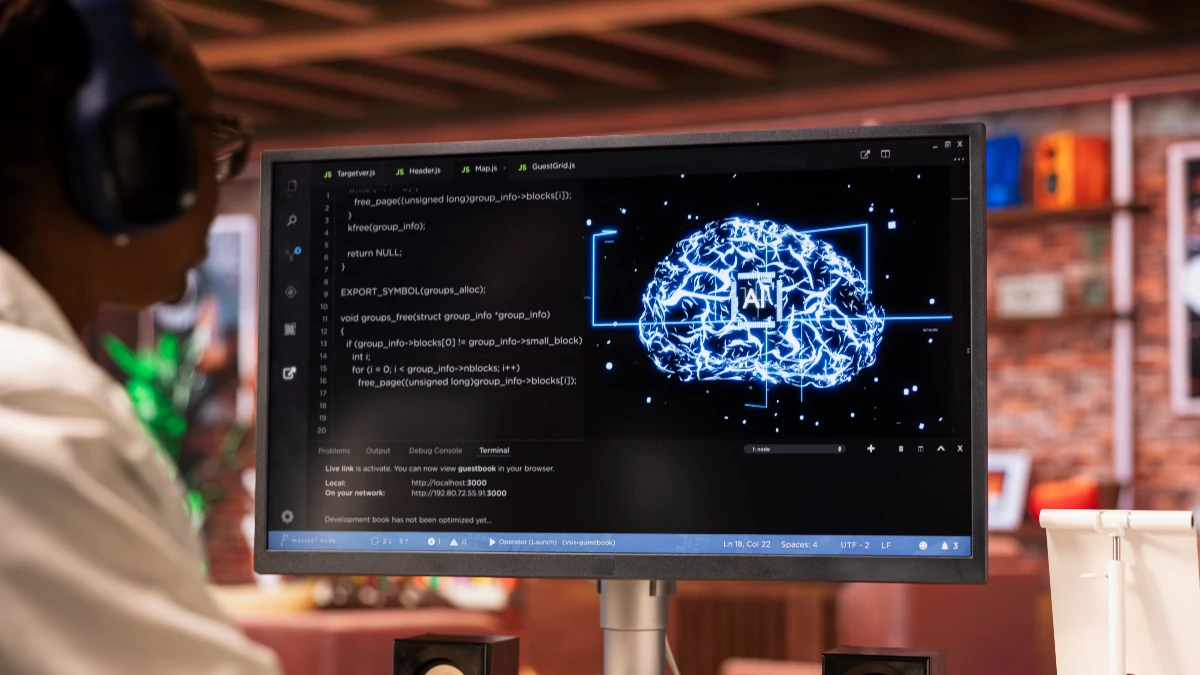
MIT’s 6.S191 is a tight, research-flavored survey with 2025 lectures and slides plus ready-to-run Colab labs. You’ll get a current snapshot of the field—foundations, modern computer vision, sequence modeling, and generative/LLM topics—from instructors who ship new material each year. The public GitHub repo centralizes code and labs; the 2025 YouTube playlist and site make it easy to follow along even if you’re not on campus.
Tactical plan (one week):
- Run the first lab in Colab; capture baseline metrics and a short report (what improved training stability).
- Extend one notebook: e.g., swap the optimizer, add data augmentation, or test a lightweight attention layer.
- Summarize one 2024–2025 paper referenced in lecture in 200 words (what it contributes; how you’d reproduce a figure).
Why it’s great early: You’ll “taste” cutting-edge ideas quickly, then decide what to go deep on next (vision via CS231n, NLP/LLMs via CS224N, or production via FSDL). Keywords: MIT deep learning course, free AI course, best machine learning courses.
5. Stanford CS231n (Spring 2025) — Vision Powerhouse

If you want a gold-standard computer vision course that forces you to code and reason, CS231n is it. The Spring 2025 schedule is live, with lectures, discussions, and the final poster session mapped out; assignments and the project carry most of the grade, which nudges you to implement models and defend design choices. The public notes and assignment stack (kNN → SVM/Softmax → CNNs) are battle-tested; you’ll learn data pipelines, augmentation, optimization, and analysis the same way top labs teach them.
One-week plan (after you’ve done a DL primer):
- Reproduce Assignment 1 (kNN/SVM/Softmax) and write a 200-word error-analysis memo.
- Build a small CNN baseline on CIFAR-10; compare SGD vs. Adam and record accuracy/time-per-epoch.
- Add random crops/flip, label smoothing, and early stopping; show how each changes validation loss.
- Stretch: replicate one 2025 lecture trick (e.g., scheduling or augmentation) and report the delta.
Why it matters in 2025: Strong CNN instincts still power product teams—classification, detection, and embeddings for retrieval. Once you can make a vision model train, converge, and generalize, you’re faster at evaluating multi-modal and diffusion pipelines too. Keywords to weave naturally: computer vision course, deep learning course, AI courses 2025.
6. Stanford CS224N — NLP with Deep Learning & LLMs

CS224N is the canonical NLP course 2025 path from word vectors and sequence models to transformer models and LLMs. Stanford’s course page is explicit: you’ll cover the basics and “the latest cutting-edge research on Large Language Models,” using PyTorch throughout. Lectures, graded assignments, and a final project make you implement and analyze models, not just read papers. It’s the ideal bridge from generic DL to language systems that you can adapt or fine-tune.
Two-week acceleration plan:
- Week 1: Implement a simple attention-based classifier in PyTorch; run ablations on tokenization and sequence length; document F1/latency trade-offs.
- Week 2: Fine-tune a small transformer on a sentiment or intent dataset; compare full fine-tuning vs. LoRA; write a 250-word “what improved and why” note.
Career leverage: Beyond model quality, you’ll practice evaluation with perplexity, calibration, and error slicing—skills hiring managers ask about in 2025 interviews. Follow with a small RAG demo (retrieval + prompt-evaluation) to show you can go from model to workflow. Keywords: NLP course 2025, LLM course, transformer models.
7. Fast.ai — Practical Deep Learning for Coders (free)

This is the practical deep learning course people use to ship things quickly. Part 1 gets you training vision and tabular models fast; the newer Part 2 goes deep—over 30 hours—culminating in implementing Stable Diffusion from scratch. The vibe is unapologetically builder-first: minimal theory overhead, maximum leverage, and it pairs with the free fastai + PyTorch book so you can copy, adapt, and then understand. The course homepage highlights the new Part 2 explicitly for experienced students.
One-to-two-week playbook:
- Build a classifier with the fastai library; track top-1 accuracy and create a confusion matrix.
- Deploy the model to a Hugging Face Space; write a 150-word “Model Card Lite.”
- For Part 2, implement one diffusion component (noise scheduler or UNet block) and verify with a unit test.
Why teams love this path: You learn to prioritize product metrics (latency, size, reliability) alongside accuracy—skills that translate immediately to production. Keywords: practical deep learning, best AI courses, learn deep learning online.
8. Hugging Face LLM/Transformers Courses (free, modular)

If you’re building modern GenAI apps, start here. The LLM Course teaches end-to-end LLM workflows using Transformers, Datasets, Tokenizers, Accelerate, and the Hub—plus non-HF tools where it makes sense. The Learn hub shows an active 2025 catalog that keeps growing: Agents, Deep RL, Diffusion, Audio, Computer Vision, ML for Games, ML for 3D, and more. The materials are hands-on, with code you can run and adapt directly into real projects.
One-week, job-ready plan:
- Complete LLM Course Chapter 1–2; stand up a text-classification pipeline; log accuracy/latency.
- Fine-tune a small model with TRL or PEFT/LoRA; compare evals to zero-shot.
- Package the model + tokenizer to the Hub; add a short eval report (toxicity, hallucination checks).
- Stretch: prototype an Agent that uses a tool (search or calculator) and measure success rate.
Why it works: You’re learning the exact ecosystem most open-source LLM teams use in 2025, so your repo and experiment habits translate immediately to work. Keywords: Hugging Face course, LLM course 2025, transformers tutorial.
9. Kaggle Learn Micro-Courses + Competitions
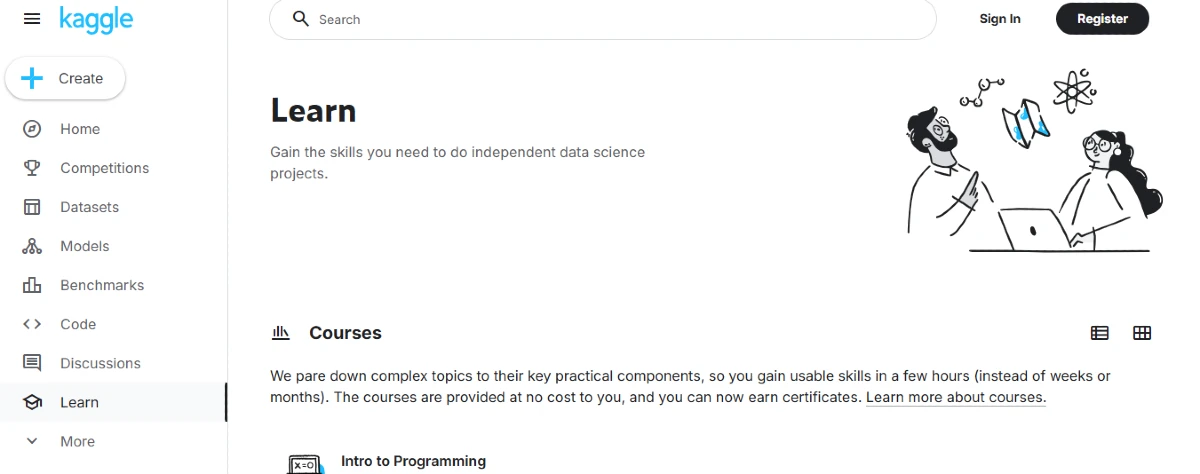
When you need ML resources for beginners that are short, focused, and free, Kaggle Learn is perfect. The catalog covers Python, Pandas, Intro to Machine Learning, Deep Learning, Computer Vision, NLP, SQL, Time Series, and more, with bite-size lessons and certificates you can add to your profile. Pair a micro-course with a beginner competition to convert concepts into results fast.
One-week sprint:
- Day 1–2: “Intro to Machine Learning” + “Pandas” lessons; complete the exercises.
- Day 3–4: Fork a starter notebook in a beginner competition; set a baseline with cross-validation.
- Day 5–7: Try feature engineering and simple ensembles; document AUC/F1 lift and submit daily; write a 200-word retrospective on what moved the metric.
Why it fits alongside longer courses: You get rapid, quantifiable feedback and a public notebook history you can show employers. It also builds habits—clean data splits, versioned experiments, incremental improvements—that make bigger projects easier. Keywords: ML resources for beginners, free AI courses, Kaggle courses.
10. NVIDIA Deep Learning Institute (GenAI Paths & certs)
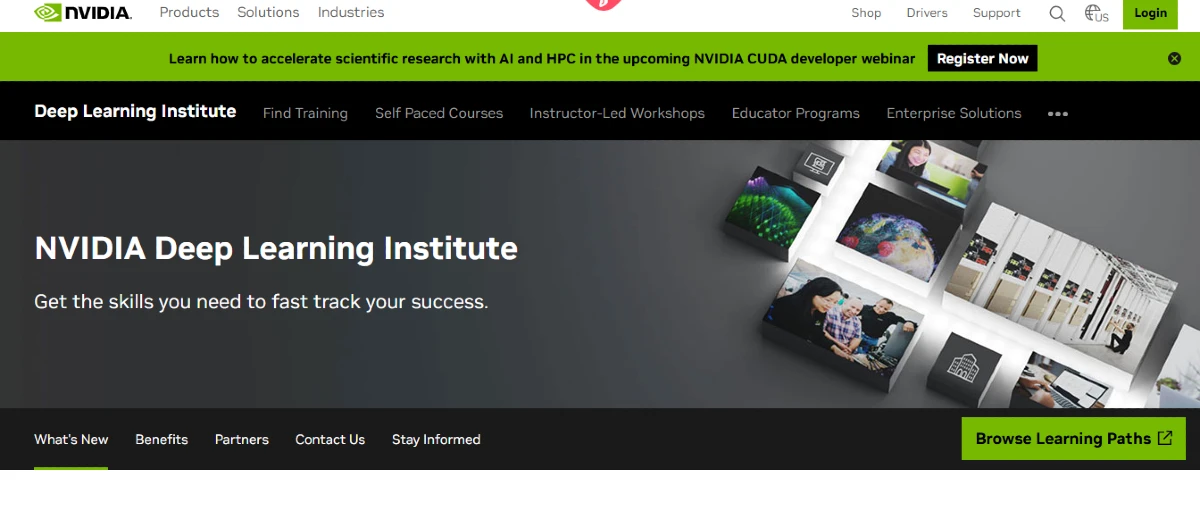
If your next leap is optimization and deployment on real GPUs, NVIDIA’s Deep Learning Institute (DLI) is a direct path. The Generative AI & LLM learning paths lay out exactly what to take and in what order—RAG, agentic workflows, diffusion, and more—with a mix of self-paced (many free) and instructor-led options.
Several entries flag “certificate available,” and DLI regularly runs a “How to Prepare for Generative AI Certification” webinar so you know the exam scope and prep resources before you commit. The workflows you learn (profiling, batching, quantization, Triton/TensorRT, multi-GPU training) match what vendors and enterprises actually use in production.
One-week plan for practitioners:
- Take a free self-paced module (e.g., RAG fundamentals). Time your end-to-end pipeline and record throughput/latency.
- Package your model with an inference server; test max QPS under a fixed latency budget.
- Create a 1-page runbook: GPU type, batch size, quantization choice (FP16/INT8), and observed trade-offs.
Why it matters in 2025: Teams expect you to translate a notebook into a GPU deep learning course mindset—cost/performance metrics, deployment checklists, and change-management. DLI’s catalog is tuned for exactly that kind of generative AI training. Keywords: NVIDIA AI course, GPU deep learning course, generative AI training.
11. Full Stack Deep Learning (incl. free LLM Bootcamp)
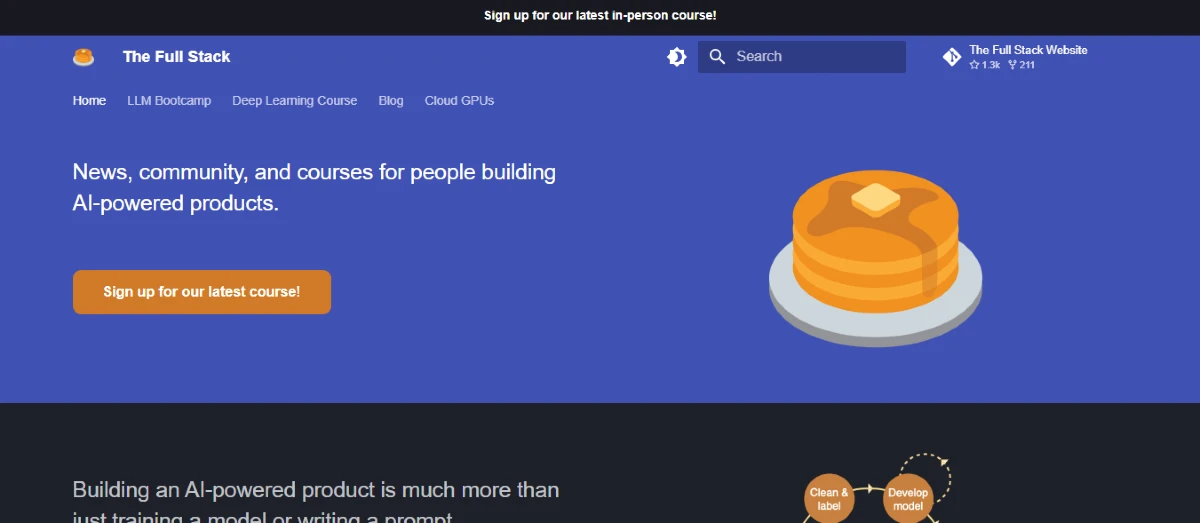
Full Stack Deep Learning (FSDL) focuses on building and operating AI products end-to-end: data flywheels, evals, UX for language interfaces, deployment, and ongoing maintenance. Their LLM Bootcamp (Spring 2023) is recorded and free, and it still cleanly maps to today’s app patterns—prompting and tool use, retrieval, eval harnesses, and LLMOps (experiments, monitoring, cost/latency dashboards). The syllabus walks from “Launch an LLM App in One Hour” to “RAG” and “LLMOps,” with a public YouTube playlist you can binge and chapter pages that capture the core decisions you’ll make in production.
Two-week production sprint:
- Week 1: Recreate the “launch an app” scaffold; add evals (success rate, hallucination flags) and a basic cost tracker.
- Week 2: Add retrieval; compare chunking strategies and embedding models. Ship a short memo on latency vs. answer quality.
- Bonus: Implement a canary and rollback plan; measure how quickly you can revert a bad prompt/model.
Why it pairs well with academic courses: CS231n/CS224N teach models; FSDL teaches production machine learning—how to ship, measure, and iterate. Keywords: MLOps course, LLM apps course, production machine learning.
12. Machine Learning in Production (DeepLearning.AI — 2025 update path)
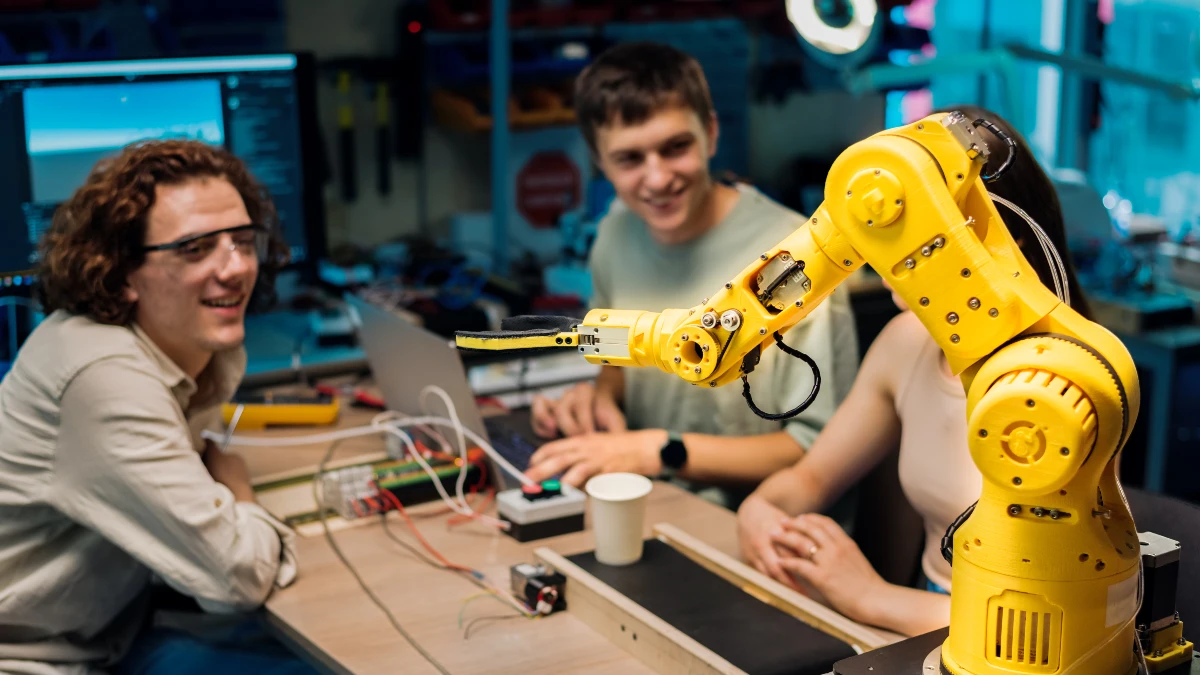
This is the 2025, actively maintained route for deployment literacy at DeepLearning.AI—the modern replacement for the older four-course MLEP specialization. The course focuses on the lifecycle of a production system: scoping, baselining, data contracts, concept drift, rollback strategies, and continuous improvement. It’s intentionally compact (one course, ~1 month at 5 hrs/wk), so you can apply it immediately while you keep training models elsewhere. The DeepLearning.AI community and course page explicitly note the transition away from the old specialization to this standalone path in 2024–2025.
One-week application plan:
- Define an observable baseline (simple model + KPI) for an internal dataset.
- Add drift detection on inputs and predictions; simulate a shift and document alerts.
- Draft a runbook: thresholds, rollback, “fix forward” steps, and on-call escalation.
Outcome: You’ll be ready to deploy ML models with a bias toward reliability—exactly what hiring managers want from an MLOps course 2025. Keywords: MLOps course 2025, machine learning in production, deploy ML models. DeepLearning.AI
13. Made With ML (MLOps) — free, code-first lessons

Made With ML is an opinionated, code-first MLOps curriculum used by thousands of developers to turn prototypes into systems. The structure mirrors real work: Design → Data → Model → Develop → Deploy → Iterate. Each lesson ships runnable code and checklists (tracking, testing, CI/CD, serving, monitoring), and the GitHub repo is active so you can fork the patterns you need—feature stores, batch/stream pipelines, eval frameworks, and more. Because the course emphasizes responsible delivery and reproducibility, it’s a strong complement to any modeling-heavy path. Made With ML+1
One-week systemization plan:
- Implement versioning (data + models) and experiment tracking in a toy project.
- Add pre-commit hooks, tests, and CI to catch regressions; publish a lightweight model card.
- Stand up a minimal monitoring loop (latency, drift proxy); trigger an alert and rehearse response.
Why it’s a favorite among practitioners: You leave with repo hygiene and pipelines that hiring teams can evaluate in minutes—proof you can run production ML pipelines end-to-end. Keywords: MLOps resources, production ML pipelines, best AI courses 2025.
Conclusion
In 2025, the shortest route to competence is straightforward: start with Google MLCC or Andrew Ng’s Machine Learning Specialization, layer in deep learning with the Deep Learning Specialization plus MIT 6.S191 or fast.ai, specialize via CS231n (vision) or CS224N (NLP/LLMs), then get production-ready with Full Stack Deep Learning, DeepLearning.AI’s Machine Learning in Production, and Made With ML.
Add a Kaggle micro-course weekly and ship one small project per week to build momentum and signal skills. These AI courses 2025 are the most direct, practical route to real machine learning skill—and among the best machine learning courses to stay employable as the field evolves.




